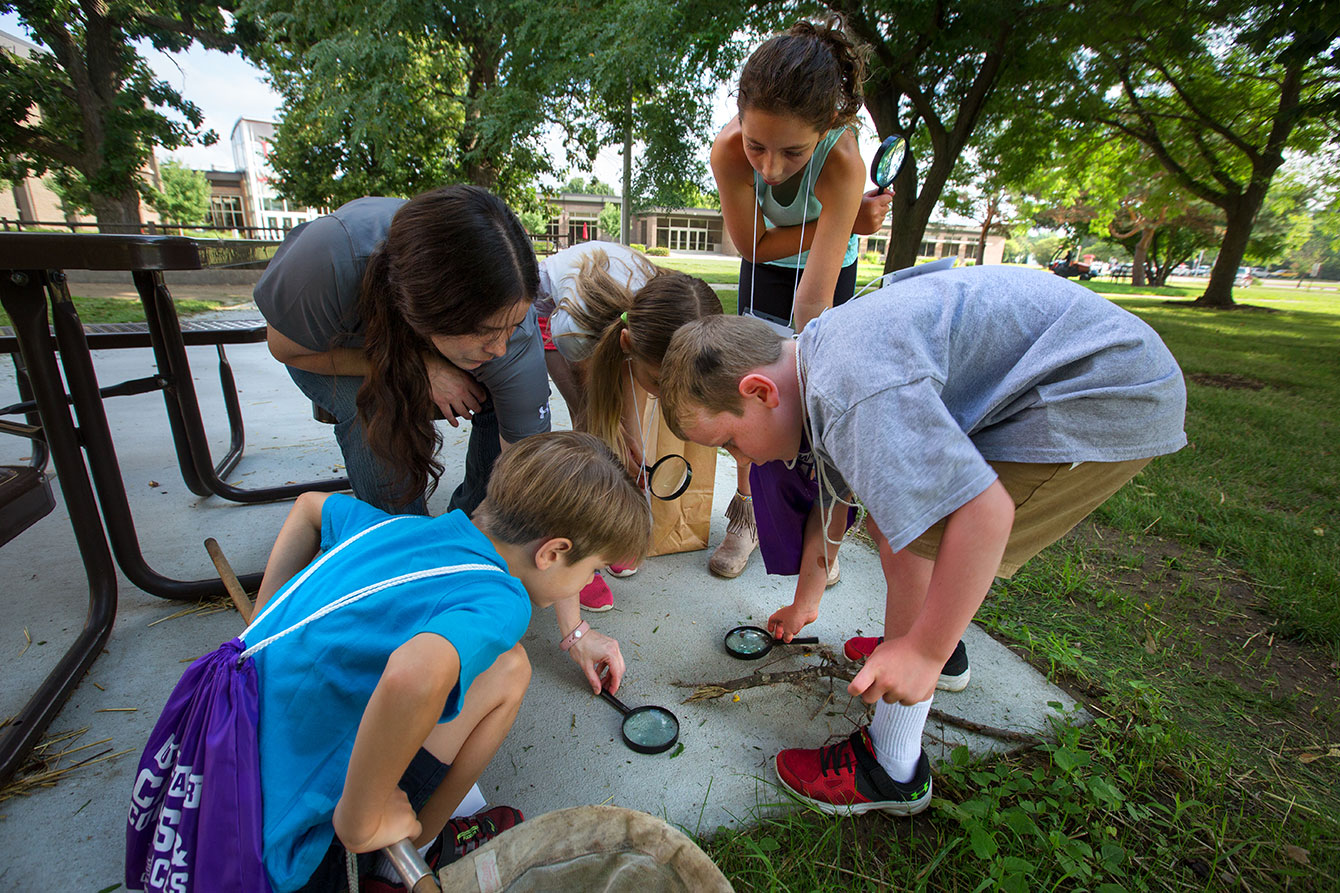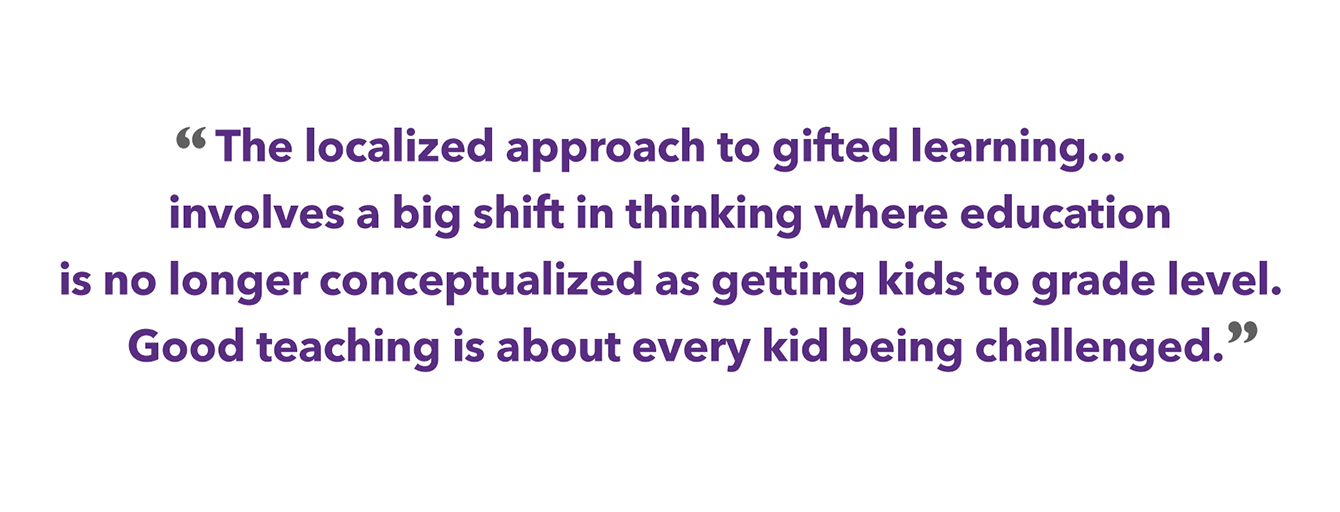The way schools identify gifted students is inequitable, UW-Whitewater study finds
August 30, 2019
Photos by Craig Schreiner | Written by Jeff Angileri

Across Wisconsin – and the United States – students considered by schools to be gifted and talented are disproportionately white or Asian or come from upper-income families.
It’s a demographic situation caused in part by the way schools identify gifted students, according to new research led by Scott Peters, a professor in the Department of Educational Foundations at the University of Wisconsin-Whitewater.
The most common way schools across the country identify high-performing students is to give them a test and compare their scores to a national norm. For example, if a certain student scores in the top 5 percent of students nationwide in a given subject, they are labeled as gifted and provided with more rigorous academic challenges. Over the years, this process has resulted in measurable disparities because some districts don’t have any students who score high enough to meet this arbitrary national standard. These schools are often in poor neighborhoods and have majority-minority populations.
Peters said scholars have long suggested that using a local norm comparison instead of a national one would help increase diversity in gifted programs.
“No one had really empirically evaluated the effect of local norms before. We wondered what would happen to the racial-ethnic picture of gifted programs if schools looked at the high performers in each individual school, as opposed to relying on a national threshold,” he said.
Peters and his research colleagues looked at data from more than three million third-grade students who took the Northwest Evaluation Association Measures of Academic Progress test. The data focused on California, Colorado, Illinois, Kentucky, Michigan, Minnesota, Ohio, South Carolina, Washington and Wisconsin because those states had the largest percentages of students taking the test.
“Then, we applied different, hypothetical criteria to identify gifted students. We found that using the most local approach – identifying the highest performers in each building – gives you the most proportional racial/ethnic breakdown.”
Under the model to identify students for gifted programs using local norms, African American representation increased 300% in math and 238% in reading. For Latinx students, the increases were 170% and 157%, respectively.
While Peters’ research focused solely on race and ethnicity, he says this model would most certainly reveal and help address similar inequities among students from low-income backgrounds, students with disabilities and students who are still learning English.

Peters proposes several solutions to correct the inequalities of gifted programs and to collectively engage more students in rigorous academic work.
First, schools should embrace universal screening. In a different study, Peters found that about half of all schools in Wisconsin don’t identify any students as gifted, despite a state mandate to do so.
Second, adopt local criteria to determine the highest-performing students in each school, rather than relying on national comparisons. A good example is Holmen School District, north of La Crosse, which looks for the highest performers in each grade based on each round of test scores, according to Peters.
There are some perceived disadvantages to using localized norms, such as inconsistency in identification, where a student could be considered gifted in one school but, if they moved, might not be considered gifted in a different school. Although certainly possible, what really matters is that the child is appropriately served, not whether or not the child receives the “gifted” label, Peters said. The label is simply a means to an end.
“The national-score-based method of identification just doesn’t tell us who needs more challenge in a particular school. The localized approach to gifted learning asks educators to identify those students most likely in need of additional challenge. It involves a big shift in thinking where education is no longer conceptualized as getting kids to grade level. Good teaching is about every kid being challenged.”
